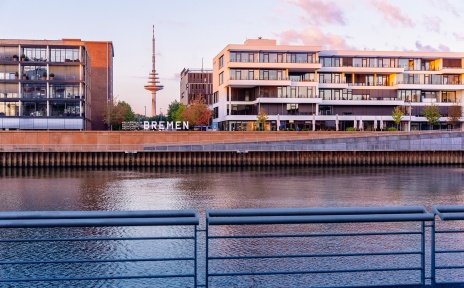Architecture in Bremen
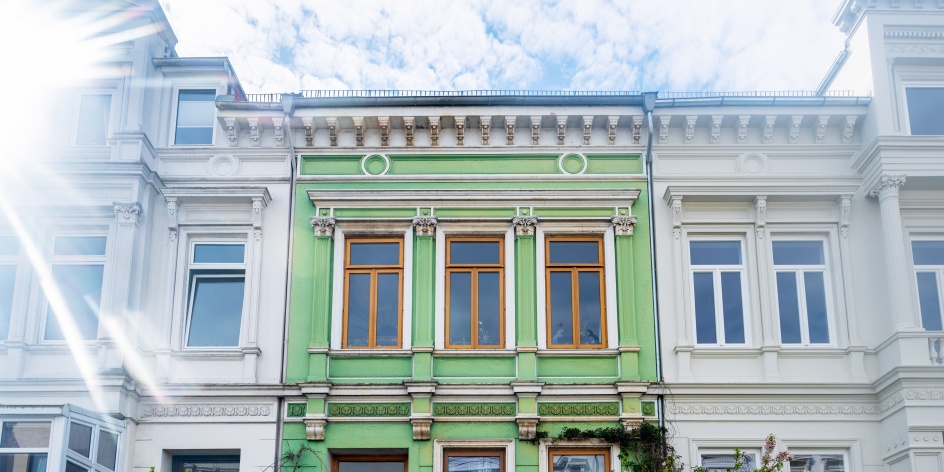
Bremen offers a wide variety of architecture. Buildings and monuments from different eras and in varying styles characterise the Hanseatic city.
© WFB/Jonas Schmidt
In Bremen, you will find buildings ranging from historic and classic to unusual and modern in various places. On this page, all friends of architecture can get an overview of the architecture in Bremen.
Buildings on the Market Square
The Market Square not only offers you beautiful sights, but also impressive architecture. Here is a brief overview of the individual buildings:
Buildings that Characterize the Skyline
An overview of particularly tall buildings that you can see from afar:
Modern Architecture Since 2010
An overview of progressive and unique buildings in the Hanseatic city:
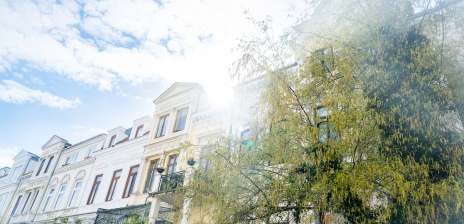
Quarters in Bremen
© WFB/Jonas Schmidt
Bremen Windmills
A total of five windmills from the 17th and 18th centuries have been preserved in Bremen to this day:
Palaces and Castles in Bremen
Here you can gain a brief insight into the centuries-old buildings in Bremen:
Bremen Banks
A brief overview of Bremen's impressive bank buildings:
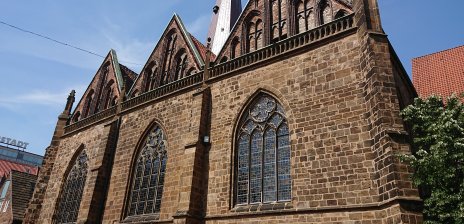
Churches in Bremen's City Centre
© Melanie Schaumburg
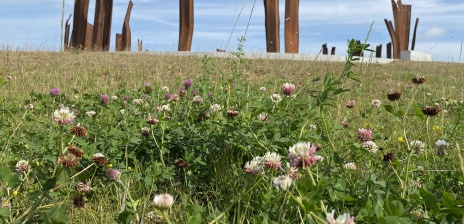
Best Views in Bremen
© WFB / LPE
